NBFC Sector Update - CRISIL Ratings: Credit quality outlook ‘Positive’ By Motilal Oswal
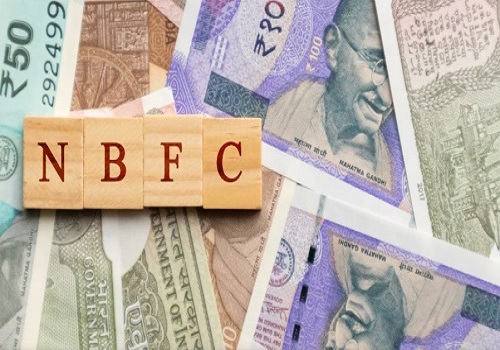
CRISIL Ratings: Credit quality outlook ‘Positive’
Banking loans to grow 11-12% YoY, GNPAs to moderate to 5.0-5.5% by FY23E
CRISIL Ratings hosted a webinar to discuss the credit quality trends for 2HFY22 and the outlook ahead. The discussion revolved around a range of topics including: a) credit quality trends across sectors, b) credit growth outlook for Banks/NBFCs, c) asset quality impact on Banks/NBFCs, and, d) headwinds due to the Russia-Ukraine crisis. Here are the key takeaways:
Credit quality trends improving; to witness some moderation over FY23E
* Credit ratio (i.e. number of upgrades to downgrades) improved to ~5.04x in 2HFY22 from ~2.96x in 1HFY22. The total number of upgrades to downgrades stood at 569:113 in 2HFY22. This was led by a sustained demand environment, resurgence in exports, push from Govt. on infrastructure spending and proactive policies to tide over the crisis.
* Further, upgrade rate increased to 15.4% in 2HFY22 from 12.5% in 1HFY22. However, the downgrade rate has moderated significantly to 3.1% (almost half of the past 10 half-year period average of 6.5%) from 4.2% in 1HFY22.
* According to CRISIL analysis, 36 of the 40 sectors (comprising 70% of CRISIL- rated debt) saw an overall improvement in credit outlook with 15 of them witnessing an improvement in both operating cash flows and balance sheet strength while 25 saw an improvement in either of them. None of the sectors experienced unfavorable trends in both operating cash flows and balance sheet strength.
* GDP is likely to grow at 8.9% for FY22E and 7.8% for FY23E. Inflation to remain high at 5.4% for FY23E due to slowing economies worldwide and headwinds from the Russia-Ukraine conflict that could result in further increase in commodity prices thus impacting the profitability and margins of various corporates going ahead.
* The credit quality outlook for corporates remains positive fueled by sustained improvement in demand and significant balance sheet deleveraging. Upgrades are likely to outnumber the downgrades in FY23E too. However, the credit ratio is likely to see moderation on higher inflation, headwinds from Russia-Ukraine war and reduction in cost savings from return to office and travel rebound.
Bank loans to grow in FY23E; GNPAs to moderate by FY23E
* CRISIL expects the banking loans to pick up and grow at 11-12% YoY in FY23 v/s 9-10% for FY22. This will be driven by a sharp turnaround in corporate credit growth due to incremental working capital requirement and pick-up in capex. Retail growth is likely to remain healthy in mid-teens. About 90% of the corporates have witnessed demand rebounding/surpassing the Pre-Covid levels.
* GNPAs are likely to moderate to 5.0-5.5% by FY23E from 7.3% in Mar’21, which will be aided by a fall in corporate NPAs and sale to NARCL (estimated to be INR900b in FY23). However, concerns remain on the MSME segment that can see a rise of 250bp in its GNPA level, particularly from the restructuring book.
* Among sectors, Corporate GNPA is likely to moderate to 3.2-3.4% by FY23E while Retail would moderate to ~2.3%. Agri GNPAs are likely to remain stable at 9.6-9.8% while MSME to see an increase to 13-14%. Further, restructured book for the system was at 2.5%, with Corporate at 1%, Retail at 3% and MSME at 6%.
* Overall, banks have become far more resilient due to improvement in asset quality, higher capital buffer and increase in profitability. FY22 profitability is likely to improve with an RoA of 0.9% - the highest in the past nine years, driven by a turnaround in public sector banks.
Loan growth of NBFCs to witness a gradual recovery in FY23E
* Growth in NBFC segment is likely to return as CRISIL expects loans from NBFCs to grow at 8-10% in FY23 v/s 2% in FY21 and 6-8% in FY22. This would be driven by home, vehicle and gold loan segments while growth in LAP and wholesale is likely to remain subdued. The share of top 5 NBFCs stood at 46% in FY21. Excluding the top 5, AUM would have witnessed a decline in FY21.
* Credit profiles for NBFCs have become much more resilient due to improvement in liquidity cover, higher capital raise and increased provisioning. Overall, only 3% of the NBFCs have liquidity cover of less than 1x v/s 23% in Apr’20.
* GNPAs witnessed a deterioration of ~150bp in Dec’21 largely due to the revised RBI circular. However, the same has been deferred that could result in a recovery. We expect GNPA to drop by ~150-200bp in the near term as 90+ day delinquency moderated to 5.3% (-30bp QoQ) in Dec’21.
* Collection Efficiency within NBFCs across segments in Mar’22 – Gold and Home Loan to be at ~100%, Vehicle at ~99% and MFI to be at ~98%.
Other highlights
* Overall, corporates are likely to see operating profits growth of 15% over FY20- 22. Upgraded companies to see a higher growth of 41% during similar period.
* Exports are at an all-time high due to a sharp rise in consumption across key trading partners.
* Gross fixed capital formation too increased to 15% despite muted private capex.
* Median gearing ratio to decline to 0.55x by FY22 from 1.0x about 4-5 years back. Interest coverage ratio too improved to 4.14 in FY22.
* Strong equity issuances were observed which strengthened the balance sheet across corporates.
* Oil & Gas, Diamond and Agro chemicals to see the highest negative impact due to the Russia-Ukraine war, while Pharma to see a moderately negative impact.
To Read Complete Report & Disclaimer Click Here
For More Motilal Oswal Securities Ltd Disclaimer http://www.motilaloswal.com/MOSLdisclaimer/disclaimer.html SEBI Registration number is INH000000412
Above views are of the author and not of the website kindly read disclaimer
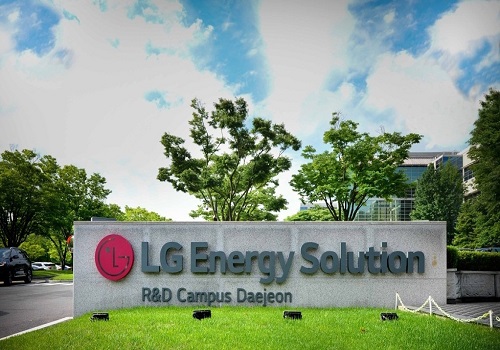




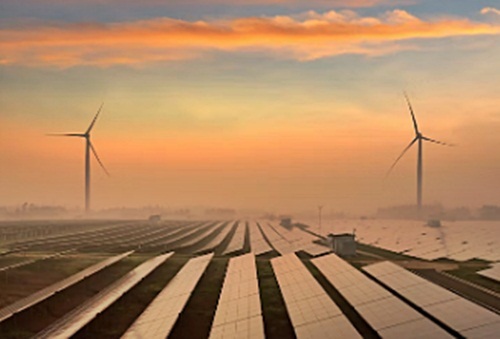



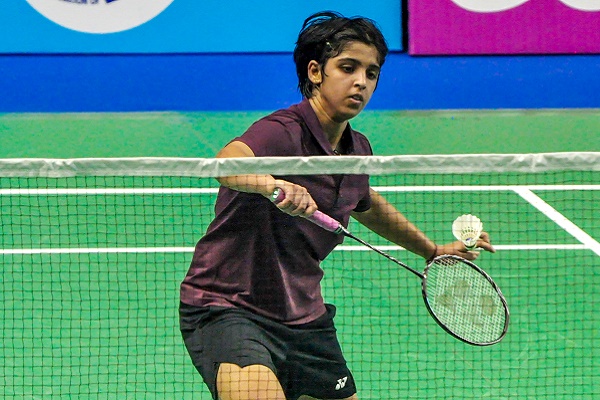
Tag News
More News

Insurance Sector Update: Growth revival and sustainability ? The ultimate panacea by Emkay G...

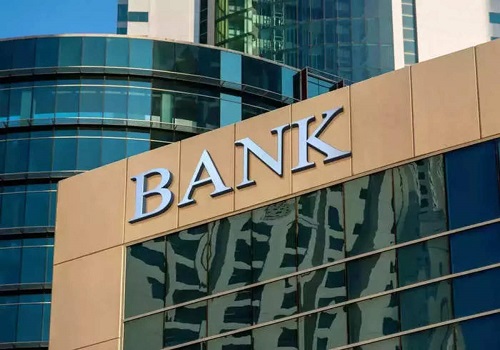
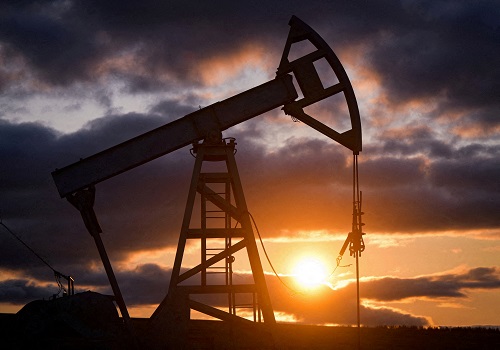




.jpg)

